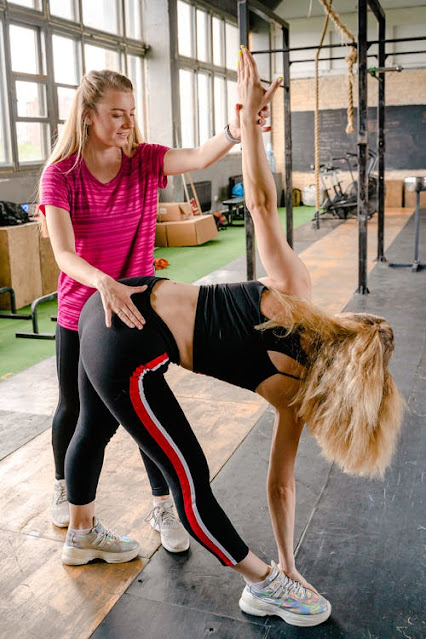Written By : Zuhhh3
How to Safeguard Against 7 Posture-Impairing Behaviors ?
Posture is subject to compromise via several typical habits, such as sitting cross-legged or shouldering a big bag. These apparently benign practices might materialize as back ache, herniated discs, or a continuously hunched posture over time. Early prevention becomes the cure to incorrect postures.
1. Mitigating the Weighty Backpack Syndrome
Wearing an overly heavy rucksack, especially carried over one shoulder, is a prevalent posture opponent, particularly among teens. This imbalance may create spinal anomalies like hernias.
Optimal Posture: Embrace a backpack supported on both shoulders, tightly secured, sticking to a weight restriction of 10% of body weight. For instance, a 20 kg adolescent should carry no more than 2 kg.
Additionally, if choosing for a bag, consider one with a transverse handle or guarantee a tolerable weight while utilizing a single shoulder.
2. Rectifying the Seated Slouch
Sitting with a curved back, particularly throughout lengthy durations, exacerbates muscle soreness. This problem worsens for persons involved in everyday desk work, adopting bad postures at computers.
Optimal Posture: Sit with a completely supported back, hips pulled back till resting on the chair, feet level on the floor, and arms on the table with supported elbows.
 |
| How to avoid 7 habits that damage posture? |
3. Rethinking Weight Lifting Techniques
Lifting weights without bending the knees exerts extra tension on the back muscles and twists the spine.
Optimal Posture: Execute a squat while raising things from the floor, softly bending the knees, maintaining a straight spine, and keeping the lifted item close to the body.
4. Transforming Sleep Positions
Sleeping on the stomach with the head tilted to the side might add to back pain and injure the intervertebral neck joints.
Optimal Posture: Opt for side sleeping with a cushion under the head and between the legs, or back sleeping with slightly bent legs and a little pillow between the knees. Employ a firm foam mattress for proper weight distribution.
5. Housework Without the Backache
Engaging in home activities generally requires bending the back forward, straining joints and creating back and neck pain.
Optimal Posture: Maintain a constantly straight back during jobs like cleaning, opting for longer broom handles to enhance excellent posture.
6. Dynamic Posture Variation
Extended hours in the same position, particularly during repeated occupations like computer work, may result in back pain, leg edema, poor circulation, and constipation.
Optimal Posture: Integrate small walks every hour, stretching legs, arms, and neck to minimize swelling and pain.
7. Unraveling the Crossed Leg Conundrum
Crossing legs alters posture, resulting to hip instability and lumbar spine tilting.
Optimal Posture: Sit with legs apart, feet level on the floor, and shoulders slightly back.
Postural Enhancement Strategies
Addressing postural disorders, such as hyper kyphosis or hyper lordosis, may include orthopedic procedures prescribed by orthopedists and physiotherapists. Physiotherapy, notably via Global Postural Reeducation (RPG), shows useful in realigning bone structures and reducing pain.
To keep away of incorrect posture:
🔸 Exercise twice a week, concentrating on muscular building, particularly the back.
🔸 Assume the “superman” stance for 5 minutes everyday to fight against scoliosis or lordosis.
🔸 Incorporate 3-minute stretches at work, 1 or 2 times a day, to relax and release muscular tension, avoiding back, arm, and neck discomfort.
🔸 Weight control is vital for developing correct and healthy posture.

